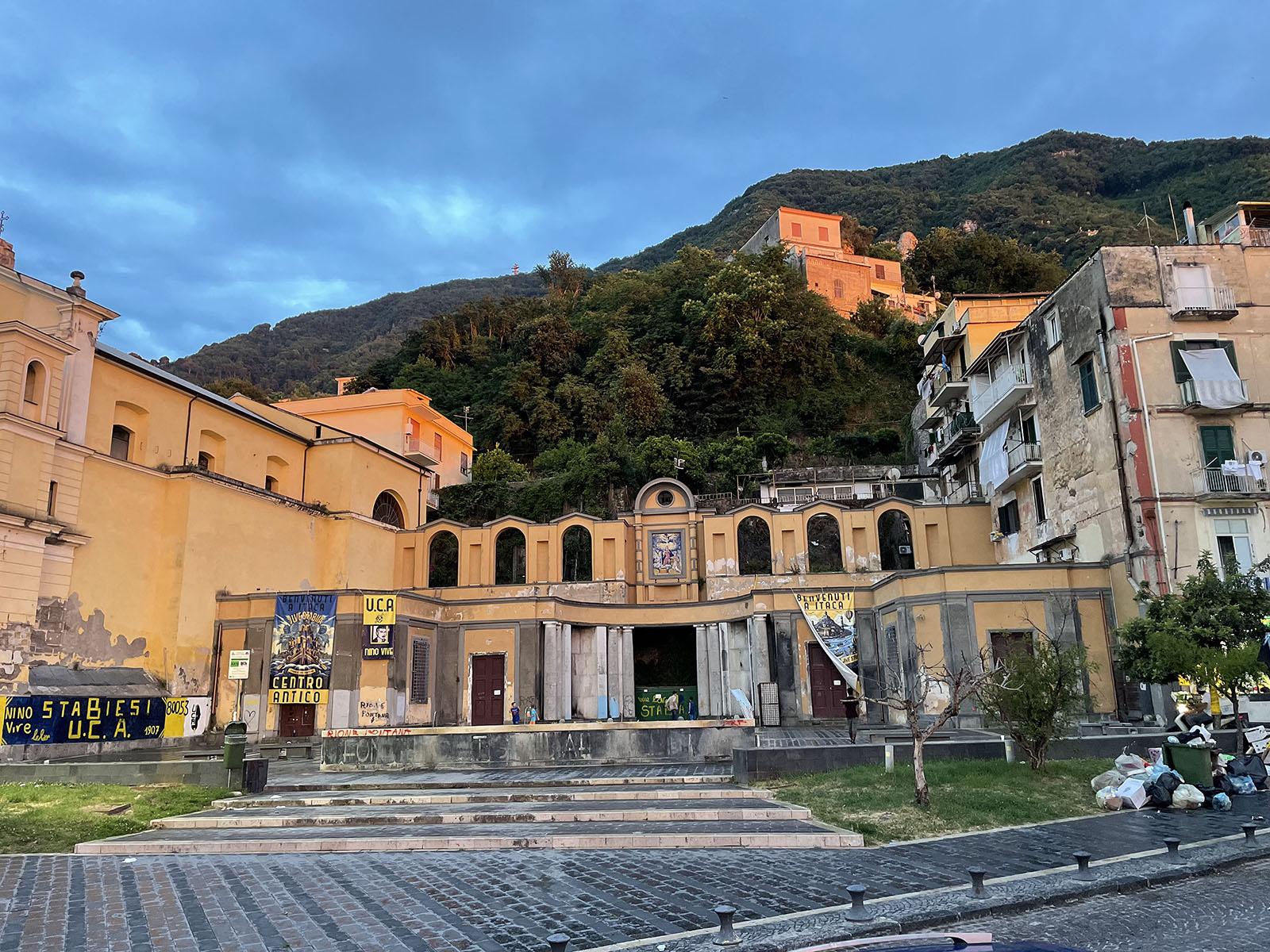When it comes to designing for a warmer planet, modern-day architects may find inspiration not from the latest technology, but from their earliest predecessors: the Sumarians of Babylon. To manage the sweltering temperatures of 4100 BCE Mesopotamia, humanity’s first civilization constructed their homes with thick walls made of adobe and built small windows to reduce heat exposure and keep indoor areas cool.
Designing for contemporary challenges is more closely tied to the past than some may think, according to University of Maryland architecture Professor Mohammad Gharipour. As the newly elected president of the Society of Architectural Historians and one of the first non-American scholars to be elected to the position in the organization's history, Gharipour aims to inspire others to develop a dynamic view of architectural history that is more than a record of civilization, but a wellspring for innovative approaches and solutions.
“History is dynamic, if we see it in terms of the flow of ideas and exchanges,” said Gharipour, who gave a talk on the subject at Istanbul Technical University last month. “I am always more interested in learning ‘ways of thinking’ from the past, rather than simply learning from artifacts or edifices of the past.”
Gharipour, alongside colleagues Associate Professor Michele Lamprakos, and Assistant Professors Joseph Williams and Juan Burke, research and teach the techniques, materials, construction and planning that informed human settlements over centuries. Their work covers the Mediterranean, Africa and the Americas in the medieval, early modern, and modern periods, and offers a primer for understanding the built environment in an economic, environmental and societal context.
That context, says Lamprakos, provides lessons that can inform contemporary design strategies, including how we steward our built history.
“We should not only be studying the architecture of the past—including the recent past—but creatively reusing, repairing and reinterpreting it,” she said.
Below, Gharipour, Lamprakos, Williams and Burke share four lessons from history that architects can apply to the future:
Sustainable practices—from building techniques to using local materials—are rooted in history. Although many present-day architects focus on sustainability, societies incorporated such practices in their building techniques long before the industrial revolution, according to Gharipour. In the Middle East, buildings were constructed with a focus on environmental, social and economic sustainability. Windcatchers, which have origins thousands of years old, are still used today for ventilating and cooling buildings. Gharipour also shared that qanat systems, which transport water underground in hot climates and originated 3,000 years ago, are still in use today across the Middle East and Africa.
Ancient techniques offer a primer for building resiliently. Known as the only timber arch bridge of its kind in the world, the 17th century Kintai Bridge still stands today thanks to techniques passed down from generation to generation. Its intricate craftsmanship allowed it to withstand centuries of use; when the bridge was destroyed by a typhoon in 1950, restorers researched ancient drawings, tools, literature and the bridge’s then nearly 300-year-old construction techniques to rebuild it in 1953. The idea, says Williams, is not to build something indestructible, but rather something that can be regenerated through traditions of knowledge that are passed on and continue to evolve. “It's a different mindset, a different paradigm and a different approach towards structural resilience,” Williams said.
Modern Mexico City offers a lesson in ignoring long-standing practices. Before Mexico City was conquered by the Spanish, it was called Tenochtitlan, the capital of the Mexica (Aztec) Empire. Built on a small island within a shallow lake system, the city was crisscrossed by waterways. At the same time, an intricate network of dams and sluices helped to manage the flow and quality of water, ensuring potable water and preventing floods. After the Spanish conquest in 1521, the city was rebuilt following a Spanish Renaissance model--but the Spanish colonists neglected the Mexica water management systems, which led to constant floods. The Spanish eventually opted to drain the lake system to control the flooding. Today, the city has difficulty ensuring potable water for all its population and continues to flood during the rainy season. “The lesson is clear: ignoring Indigenous knowledge and the idea that nature can be "tamed"—a common belief in modern times—is a losing proposition,” Burke said.
Traditional knowledge and techniques provide crucial lessons for climatic design and resilience. Vernacular architecture, which often relies on local materials and traditional design and construction skills, reflects management of diverse climates, says Lamprakos. Living spaces in Ottoman-era houses in Egypt and the Levant, for example, were arranged based on the sun’s orientation and wind direction; as in other hot and arid regions, households occupy certain rooms in summer and other rooms in winter, often moving to the roof to sleep at night, when masonry walls give off heat. “As Carl Elefante told my “Adaptation” seminar, passive design isn’t ‘passive’,” Lamprakos said. “People have to engage the built environment, opening or closing windows and shading mechanisms, and generally reconfiguring space according to season and time of day.”

